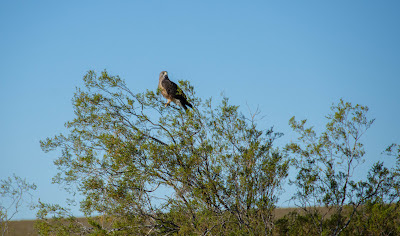Green Groups Silent as Solar Company Plans Destruction of Mojave Wildlands

The Department of Interior in early June released its draft environmental review indicating that plans to replace 11 square miles of intact desert wildlands in southern Nevada with the Gemini Solar project would result in significant impacts on wildlife and outdoor recreation. The project proposed by Arevia Power would install photovoltaic solar panels on land that is currently home to rare plants, desert kit fox, tortoises and other wildlife. Photovoltaic solar panels are just as easily installed on rooftops, parking lot canopies, and on already-disturbed lands, calling in to question the need to sacrifice desert wildlands to generate electricity. (California has installed over 8,000 megawatts of distributed solar generation with relatively modest policy incentives.) Arevia Power's plans to destroy these Mojave wildlands will displace or kill nearly at least 260 desert tortoises, and dozens of kit foxes and burrowing owls , according to the draft environme...








